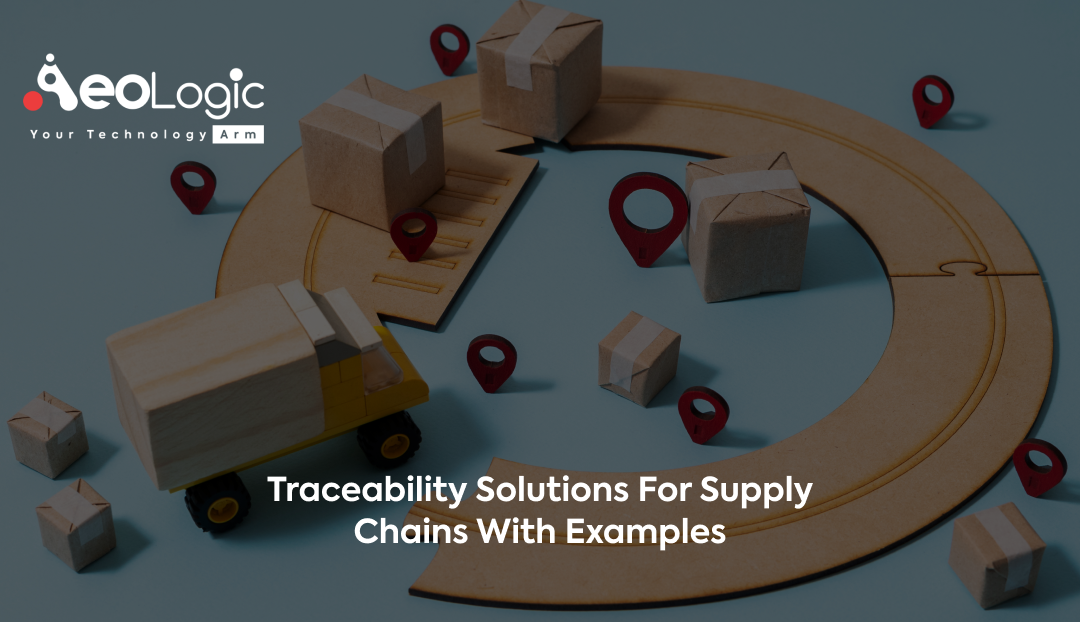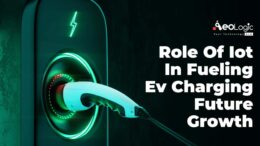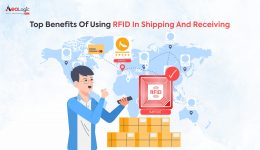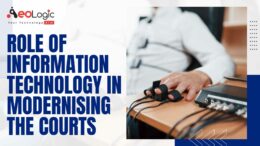Ever found yourself wondering where the products you buy come from or how they’re made? You’re not alone. In today’s world, consumers and businesses are increasingly interested in the journey of products from the raw materials to the finished goods. Enter traceability solutions for supply chains the superhero we didn’t know we needed.
Why Is Traceability Crucial?
Before we dive into the exciting world of traceability solutions for supply chains, let’s get clear on the ‘why’. Why do we need to trace products in the first place?
- Consumer Confidence: Today’s savvy consumers want more than just a product. They want stories, origins, and assurances. They want to know the products they buy are ethically sourced, environmentally friendly, and of top-notch quality.
- Risk Management: With vast global supply chains, there’s more room for errors, frauds, or contamination. Effective traceability can help pinpoint issues and prevent large-scale recalls.
- Operational Efficiency: Traceability solutions for supply chains allow businesses to streamline operations, reduce inefficiencies, and save money in the long run.
- Regulatory Compliance: Many industries, especially those related to food and healthcare, have stringent regulatory requirements. Traceability ensures that businesses stay compliant and avoid legal repercussions.
- Brand Reputation: In an era of information, a minor slip can tarnish a brand’s reputation. Having effective traceability solutions for supply chains means businesses can swiftly address issues and maintain their brand’s integrity.
According to a recent survey, 71% of companies believe that traceability in the supply chain is essential for addressing challenges and ensuring business continuity. (Source: Business Insider)
Also Read: How to Improve E-Commerce Through Efficient Supply Chain Strategies
Traceability Technology Example: The Journey of a Coffee Bean
Ever wondered about the story behind your morning cup of coffee? Let’s take a dive into how our traceability solution brings this story to life.
Step 1: The Plantation Our technology begins at the source. When a coffee bean is harvested in Colombia, our system logs its origin, the specific farm, the date of harvest, and even the conditions of the plantation, including the altitude and soil quality.
Step 2: Processing & Packaging As the bean undergoes processes like drying, roasting, and packaging, each phase is meticulously recorded. This ensures that the bean maintains its high quality and that any processing variations can be traced back to their source.
Step 3: Global Transit When the beans are shipped, our solution tracks the entire journey. From the ship’s route to storage conditions, you get to see real-time data ensuring the beans remain fresh.
Step 4: Retail Arrival Upon arriving at a café or store, the bean’s details, such as its journey duration and previous handling processes, are available to the retailer. This data is invaluable for ensuring quality and consistency in the final product.
Step 5: End Consumer When you pick up a packet of coffee beans or order a cup at your local café, imagine having access to its entire journey. With a simple scan of a QR code, you can know the story of your coffee, right from its origin to your cup.
This is more than just traceability; it’s about building a bond of trust and transparency between producers, retailers, and consumers.
Traceability Solutions for Supply Chains
1. Barcoding and Scanning
A classic yet effective method! Each product or batch is given a unique barcode which can be scanned at every point in the supply chain.
Example: Supermarkets have been using this for ages. It helps them keep track of stock, sales, and even the origin of a particular batch of produce.
2. RFID (Radio Frequency Identification)
Similar to barcoding but with an added advantage – RFID tags can be read from a distance without needing direct line-of-sight.
Example: Many clothing retailers use RFID to manage inventory and ensure timely restocking.
3. IoT (Internet of Things)
IoT allows objects to communicate and share data with each other over the internet, providing real-time monitoring and updates.
Example: Some pharmaceutical companies use IoT-enabled temperature sensors to ensure medicines are stored and transported under optimal conditions.
4. Blockchain Technology
It’s not just for cryptocurrencies! Blockchain provides a secure and tamper-proof ledger, making it perfect for traceability solutions for supply chains.
Example: Ever heard of “farm to table” tracking for foods? Some companies are using blockchain to allow consumers to see the entire journey of their food, from the farm it was grown on to the store where it was purchased.
5. GPS and Geolocation Tracking
By embedding GPS devices in products or transport vehicles, businesses can track the real-time location and movement of goods within the supply chain.
Example: Many logistics and shipping companies use GPS to monitor and provide real-time updates on shipment locations, ensuring timely and accurate deliveries.
6. Cloud-based Data Integration
This solution integrates data from various points of the supply chain into a centralized cloud platform, offering an aggregated view and facilitating seamless traceability.
Example: Several manufacturing firms utilize cloud platforms to integrate supplier data, production details, and distribution records, creating a transparent end-to-end journey of a product.
Our Trending Blog for you: Tech Solutions For Improving Supply Chain Management
Emerging Trends: The Next Frontier in Traceability Solutions for Supply Chains
As the demand for transparency and traceability in supply chains grows, businesses and technology providers are consistently innovating to stay ahead of the curve. As we look to the horizon, several emerging trends promise to redefine the landscape of traceability solutions for supply chains. Let’s dive into a few of these groundbreaking trends:
1. AI and Machine Learning in Traceability
Harnessing the power of Artificial Intelligence (AI) and Machine Learning (ML), companies are not just tracking items but predicting potential disruptions in the supply chain.
An AI-powered platform could analyze weather patterns, political situations, or global events and predict potential supply chain disruptions, allowing businesses to take preemptive action.
2. Integration of Augmented Reality (AR)
AR can provide a visual layer of information over physical products. This not only enhances the tracking experience but also the end consumer’s interaction with the product’s journey.
Imagine pointing your smartphone at a product in a store and immediately seeing its entire journey, from source to shelf, presented as an interactive AR experience.
3. Sustainable and Ethical Traceability
With a growing emphasis on sustainability and ethical sourcing, the next generation of traceability solutions will not only track where a product comes from but how it aligns with global sustainability and ethical standards.
A coffee brand might use traceability solutions to provide evidence that their beans are not only sourced from a specific location but are also grown under environmentally friendly and fair labor practices.
4. Advanced Analytics and Reporting
As data from traceability solutions become more comprehensive, businesses will leverage advanced analytics tools to draw actionable insights from this data, driving continuous improvement in supply chain practices.
By analyzing the traceability data of a series of products, a company might find inefficiencies in certain routes or suppliers and then optimize accordingly.
5. Real-time Consumer Engagement Platforms
Leveraging the ubiquity of smartphones and wearable tech, new platforms are emerging that allow consumers to engage with the traceability process in real-time. This interactivity not only builds trust but can also offer a direct feedback loop to companies.
A winery might provide a QR code on their bottle labels. When scanned, this code could offer consumers a live view of the vineyard, current weather conditions, or even a chatbot interface with a vintner to discuss tasting notes and harvesting details. This level of interaction transforms the purchasing experience from a simple transaction to an immersive journey.
Final Thoughts
Traceability solutions for supply chains are not just a fancy tech buzzword; they are shaping the future of how businesses operate and how consumers shop. As technology continues to advance, we can expect more innovations and greater transparency in supply chains. So, the next time you pick up a product, remember, it has a story, and there are tools and technologies that help tell it.
Remember, in the age of information, transparency is not just a luxury it’s a necessity. And traceability solutions for supply chains are paving the way.
Are you looking to implement technology into your business? If yes, so, please feel free to contact us at support@aeologic.com
FAQ
Can small businesses benefit from traceability solutions?
Absolutely! Traceability can help small businesses build trust, improve efficiency, and differentiate themselves in the market.
Is it costly to implement traceability solutions?
Costs vary based on the technology and scale. While some methods like barcoding are affordable, others like IoT may have a higher initial cost. However, the long-term benefits often justify the investment.






